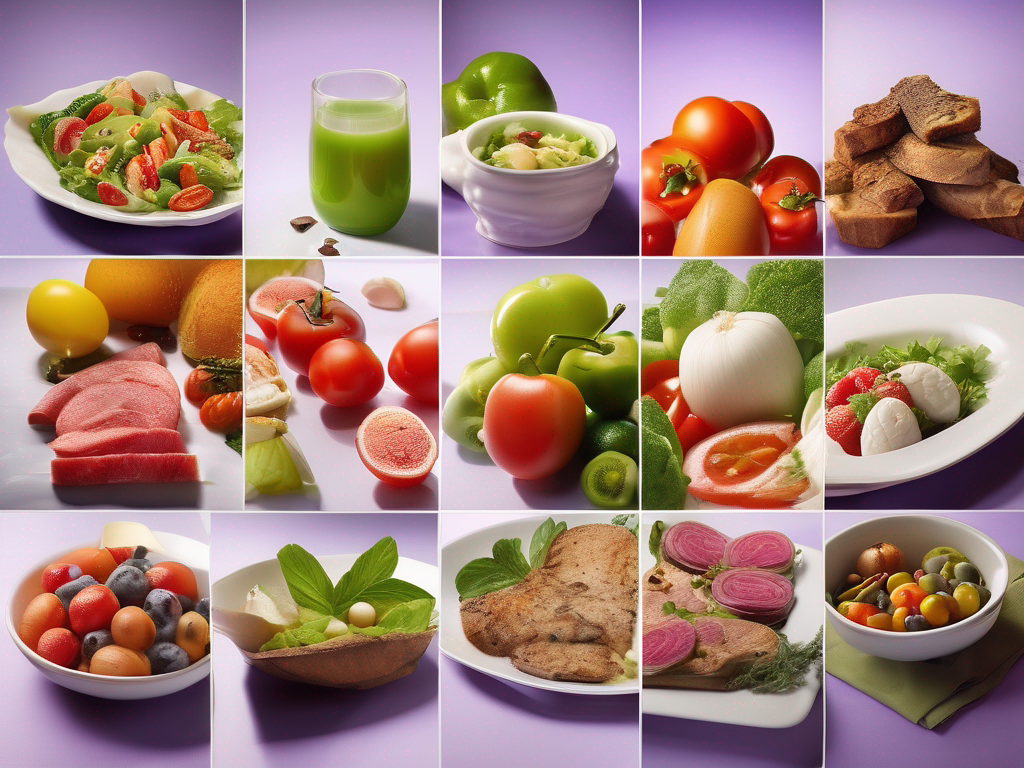
Safely Reheating Leftover Chinese Food: Sweet and Sour Chicken Edition
Get Your Free Food Safety Cheat Sheet
30 most common foods with instant answers. Print it and stick it on your fridge—completely free!
Safely Reheating Leftover Chinese Food: Sweet and Sour Chicken Edition
Chinese food, with its delicious flavors and diverse range of dishes, is a popular choice for many people. One classic favorite is Sweet and Sour Chicken, a dish that combines crispy fried chicken with a tangy sweet and sour sauce. Whether you have leftover Sweet and Sour Chicken from a homemade meal or takeout, knowing how to safely reheat it is essential to enjoy it at its best. In this blog post, we will explore the best practices for safely reheating leftover Sweet and Sour Chicken to ensure both flavor and food safety.
Why Reheating Sweet and Sour Chicken Safely Matters
Reheating food, especially meat dishes like Sweet and Sour Chicken, requires careful handling to prevent foodborne illnesses. Improper reheating can lead to the growth of harmful bacteria, such as Salmonella or E. coli, which can cause food poisoning. By following proper reheating techniques, you can enjoy your leftover Sweet and Sour Chicken without compromising your health.
Tips for Safe Reheating
- Refrigerate promptly: After enjoying your Sweet and Sour Chicken, refrigerate any leftovers within two hours to prevent bacterial growth.
- Store properly: Store leftover Sweet and Sour Chicken in an airtight container in the refrigerator for up to 3-4 days.
- Check for signs of spoilage: Before reheating, inspect the chicken for any unusual odors, colors, or textures that may indicate spoilage.
- Use a food thermometer: Ensure that the chicken reaches an internal temperature of 165°F (74°C) when reheating to kill any bacteria present.
Methods for Reheating Sweet and Sour Chicken
There are several safe and effective methods for reheating leftover Sweet and Sour Chicken, whether it's homemade or from a takeout restaurant. Here are some popular techniques:
1. Oven Method
- Preheat your oven to 350°F (175°C).
- Place the Sweet and Sour Chicken in an oven-safe dish.
- Cover the dish with foil to prevent drying out.
- Heat in the oven for 20-25 minutes or until the internal temperature reaches 165°F (74°C).
- Enjoy your crispy Sweet and Sour Chicken!
2. Stovetop Method
- Heat a non-stick pan over medium heat.
- Add a small amount of oil to the pan.
- Place the Sweet and Sour Chicken in the pan and cover with a lid.
- Stir occasionally until the chicken is heated through.
- Check the internal temperature with a thermometer before serving.
3. Microwave Method
- Place the Sweet and Sour Chicken in a microwave-safe dish.
- Cover the dish with a microwave-safe cover or paper towel.
- Heat on high for 1-2 minutes, stirring halfway through.
- Continue heating in 30-second intervals until the chicken is thoroughly heated.
- Let it stand for a minute before serving.
Additional Tips for Reheating Sweet and Sour Chicken
- Add moisture: To prevent dryness, consider adding a splash of water or sauce before reheating.
- Avoid overcooking: Be cautious not to overheat the chicken, as it can become tough and lose its flavor.
- Serve with fresh sides: Pair your reheated Sweet and Sour Chicken with fresh vegetables or steamed rice for a balanced meal.
Conclusion
Reheating leftover Sweet and Sour Chicken can be a convenient way to enjoy a tasty meal without the hassle of cooking from scratch. By following proper food safety guidelines and using the right reheating methods, you can savor the flavors of this classic Chinese dish while ensuring that it is safe to eat. Remember to refrigerate leftovers promptly, check for signs of spoilage, and use a food thermometer to verify the internal temperature. With these tips in mind, you can confidently reheat your Sweet and Sour Chicken and indulge in a delicious meal every time.
Authoritative Food Safety References
These agencies and university labs inform every tip and health precaution we publish.
USDA FoodKeeper – Cold Storage Guidelines
Official refrigerator, freezer, and pantry timelines maintained by the U.S. Department of Agriculture.
Visit USDA FoodKeeperFDA Produce Safety Rule & Grower Guidance
Field-to-fridge handling practices that prevent contamination of fruits, vegetables, and leafy greens.
Visit FDA Produce SafetyCDC Foodborne Illness Prevention Hub
Surveillance-backed guidance on pathogens, symptoms, and steps to reduce foodborne illness risk.
Visit CDC Food SafetyUC Davis Postharvest Technology Center
University research detailing optimal storage atmospheres for produce after harvest.
Visit UC Davis PostharvestPenn State Extension – Home Food Preservation & Safety
Peer-reviewed extension bulletins on safe canning, chilling, and reheating practices.
Visit Penn State ExtensionGet Your Free Food Safety Cheat Sheet
30 most common foods with instant answers. Print it and stick it on your fridge—completely free! Want more? Upgrade to the complete guide with 70+ foods.
Scan your food directly and get instant safety info using our AI-powered camera feature.